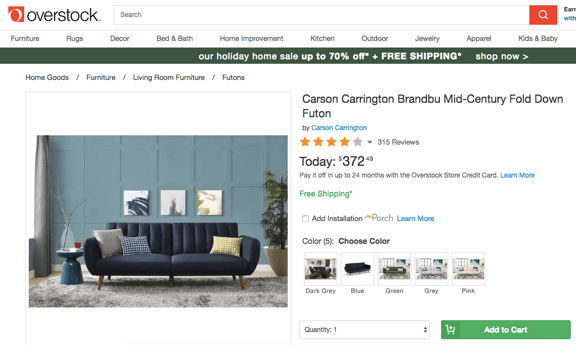Max Jones
Max Jones is an education specialist at Midigator.
Chargeback management consists of big, obvious task and smaller, less apparent responsibilities. Some of those seemingly trivial influences come from your marketing team and can help you fight chargebacks more effectively.
Chargeback management consists of lots of big, obvious tasks--like using fraud detection tools to block unauthorized transactions. But it also consists of several smaller, less obvious tasks that add up to make a big impact.
Some of those seemingly trivial influences come from your marketing team and can help you fight chargebacks more effectively.
Why Would Marketing Be Involved in a Chargeback Response?
First, let me clarify how marketing can help fight chargebacks. Because to fight a chargeback, someone has to dig into the customer’s purchase data, poke around in the financials, and communicate with the bank. It seems odd to add those responsibilities to the blog writer’s to-do list!
What I mean is, marketing can help provide the evidence needed to fight chargebacks.
Every chargeback must contain “compelling evidence,” which is documents that counter or disprove the transaction dispute. If you don’t have any evidence, you can’t fight. You have to accept the chargeback and forfeit revenue.
On the other hand, if you have evidence, you can fight. The higher the quality and the greater the quantity, the better your chance of winning.
Since more evidence means a stronger case, it makes sense to have everyone in your company involved.
Here are four tasks you can assign to the marketing team.
A popular reason for transaction disputes is “merchandise not as described.”
If you want to fight one of these chargebacks, you’ll need evidence that what you provided is exactly what the customer expected to receive. That evidence would be a copy of the product description listed on your website.
Ask your marketing team to make sure all your product descriptions are:
Take a look at the product descriptions on Overstock.com. They include a ton of details! It’s hard to believe there could be confusion about what is being purchased.


Depending on what type of goods or services you sell, there are three other chargeback reason codes you can expect to see. If you want to fight those chargebacks, your policies can help--but only if they are accurate, easy to understand, and easy to find.
Check these reason codes and the evidence you’ll need to respond:
| Chargeback Reason | Policy You Can Use as Evidence | What Your Policy Should Include |
| Services Not Provided | Terms of Service |
|
| Canceled Recurring Transaction | Cancellation Policy |
|
| Canceled Merchandise/Services | Return Policy |
|
Ask your marketing team to do an overhaul on your policy pages. Specific things they should check and update include:
If you change any feature of your products or services, make sure the marketing team is updating the information in every place it is mentioned on your site. Your chargeback response won’t win if the evidence you provide is inconsistent or inaccurate.
For example, if your product descriptions list an 18-day free trial but your cancellation policy says 14 days, that’s not good. Or if the checkout page says shipping is $5.99 but the terms and conditions say $4.95, you’ll have problems.
At least one person on your marketing team is probably a social media wizard, knowing all the ins and outs of every platform available. Put those skills to good use!
When a chargeback comes in for something like “unauthorized transaction” or “merchandise not received,” ask the marketing team to investigate. See if social media has evidence to dispute the claim.
For example, Karmaloop, an online apparel retailer received five chargebacks from a woman who claimed she didn’t receive the items she purchased. A quick look on Facebook proved otherwise--the team found photos of her wearing the dress she claimed didn’t arrive!
Photos like those can be submitted with a chargeback response to create a compelling case.

Ask your marketing team to provide these things:
These four things can help improve your chargeback responses, but they are just one small piece of the puzzle. If you want to make the biggest impact on your bottom line, you’ll need a well-thought-out strategy to fight chargebacks. And that will involve nearly every department in your company--not just marketing.
But if you’ve already shored up your customer service team, the fulfillment department, and product development, you might as well involve the marketing team too!
You’ll also receive some of our best posts today

Max Jones is an education specialist at Midigator.
Affiliate marketing generates a significant percentage of the overall...
“Hi, there! If you have any questions, ask me....

User reviews are a game-changer for e-commerce. Consumers rely heavily o...
Don’t miss the new articles!